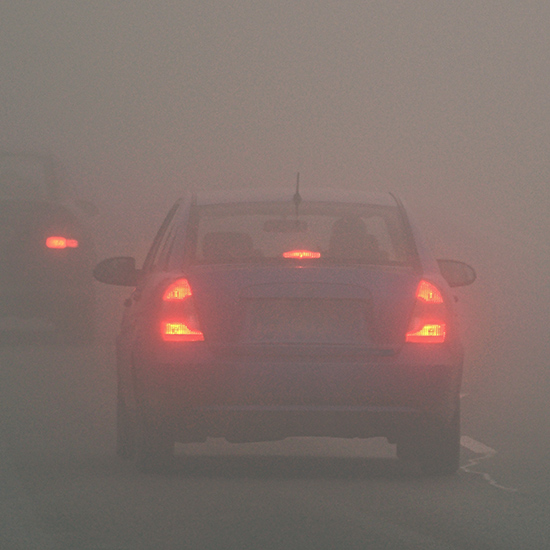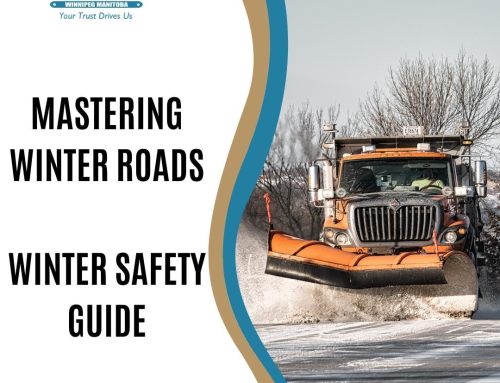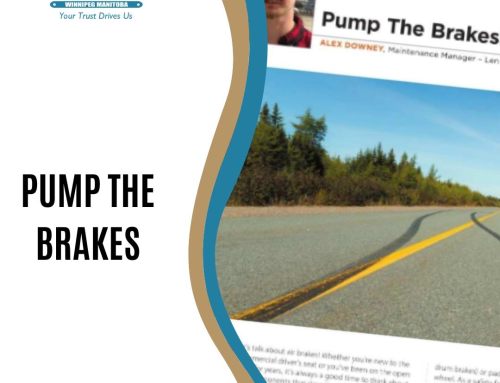 Driving is very much a visual task, so what is a driver to do when the visibility is reduced?
Driving is very much a visual task, so what is a driver to do when the visibility is reduced?
The best advice for driving in fog is – don’t, but we all know that just isn’t possible most of the time. So, when you get caught out in the fog, here are 8 tips to help reduce the risks:
Slow Down – As with all other hazardous driving conditions, reducing your speed is the first step. Driving at a reduced speed will give you more time to react if traffic stops or other hazards appear on the roadway ahead of you.
Increase your Following Distance – Low visibility situations, like fog, create the perfect conditions for pileups. It just takes one wrong move from an aggressive or skittish driver to start a chain reaction of crashes. Be prepared for this by ensuring you maintain a safe following distance.
Use your Lights – When driving through fog during daylight, it is essential to make sure you turn your lights on to help other drivers see you. At night, you may be tempted to use your brights, but that won’t work; the stronger beams of light will reflect off the water particles in the fog and make it appear denser. Keep your headlights on and turn on your fog lamps to help increase your visibility.
Set the Defrost – Because fog usually occurs in high humidity, you’ll want to turn on the defrost to keep your windshield from fogging up. You’ll also benefit from setting your wipers, even if it’s not raining, to keep your windshield as clear as possible.
Focus on the Road – When your visibility is significantly reduced, it is even more important to focus on the road. Avoid all distractions. Turn off the radio and roll down your window. This will help you hear other traffic on the road.
Come to Stops Cautiously – In foggy situations, drivers tend to follow the lights ahead of them, often too close for fear of losing their only “guiding light” through the haze. For truckers this means, you most likely have a four-wheeler attached to you. Avoid sudden speed changes and hard breaking by gently applying your brakes, tapping them even, to alert the traffic behind you that you are slowing or stopping in front of them.
Be Prepared for Insecure Drivers – Even the most professional, seasoned drivers can find it daunting to drive in extremely reduced visibility. So, imagine how the average motorist feels – many of them are probably more scared than you are, and they don’t have the same level of training as you do. Drive defensively and be prepared for poor decision making by the motorists around you.
Park it – When visibility is severely limited, it is best to park and wait for conditions to improve, but first, you’ll need to find a safe place to do that. Pulling over and stopping on the shoulder can be dangerous, so keep driving until you find an adequate parking lot or service road to use.





